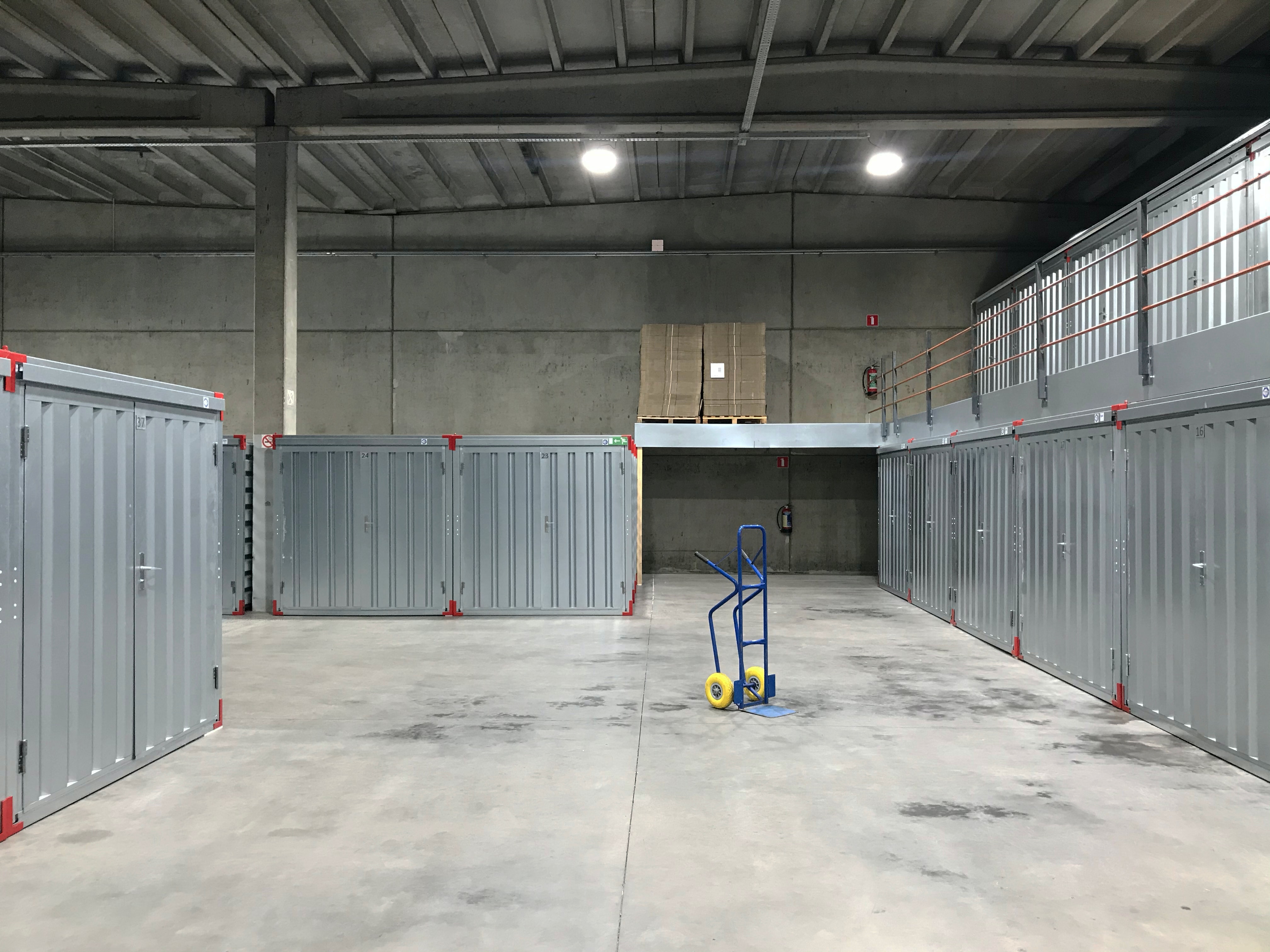Most small and medium sized wholesalers / distributors use a straightforward approach to picking orders. It goes like this:
In the office: receive an order, enter it into the wholesale distribution software in use, print a picking slip, send picking slip to the warehouse team.
In the warehouse: pick the order, pack it for shipping. and update the actual quantities picked.
Back in the office: using the ERP Software system, print and mail the invoices.
Here are 2 tips that could lead to increased efficiency. These will not apply to all smaller warehouses, but for many these ideas if implemented appropriately will save time, improve efficiency and in the latter case, measurably save money.
Tip 1: Consolidated Picking
Depending on your order volume, the complexity of individual orders, and the degree of products common to different orders, many a warehouse can save time, reduce the number of warehouse staff required, and ease the burden on the front office by using a consolidated picking approach. While there are many variations, a simple idea is to accumulate several orders over a predetermined time period, then print a consolidated picking report, and make one trip through the warehouse picking all the items for the several orders in the "batch". When packing the orders you'll separate them into the individual orders (the consolidated picking report and attendant inventory accounting software screens should be optimized to assist with this). I've seen consolidated picking (when properly implemented) not only save time and reduce headcount, but also reduce errors and even allow a company to make better use of the warehouse space, thus delaying the need to move to bigger premises.
Tip 2: Do Not Mail Invoices
This one seems obvious, yet most small and medium sized distributors seem to still mail invoices. Instead, one could print the invoice at completion of the packing process, and include it with the shipment. This will work in cases where your customers are themselves smaller companies, in which case the invoice is likely to find its way from the receiving dock to the accounting office. For larger customers, usually an email invoice in PDF format is perfectly acceptable. So email them invoices instead of printing and mailing.
One customer a few years ago switched from mailing to including invoices with shipments. With several hundred invoices per month, the savings in postage alone amounts to thousands of dollars annually.
So why would you still put an invoice in an envelope, and snail-mail it?










